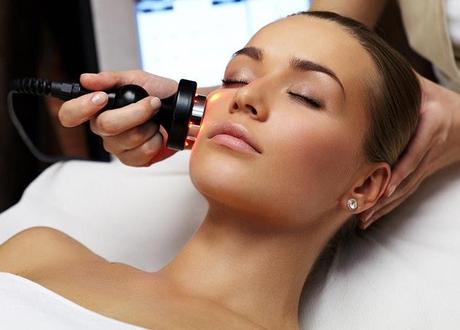
If you're like most women, you're constantly looking for ways to improve the appearance of your skin. And if you've been hearing a lot about skin resurfacing lately, you may be wondering what it is and whether or not it's right for you. Laser skin resurfacing is a popular cosmetic treatment that can improve the appearance of your skin by removing damaged tissue and stimulating the production of new, healthy skin cells. As with any medical procedure, educating yourself before undergoing laser skin resurfacing is essential. This post will give you an overview of skin resurfacing treatments and tell you everything you need to know before considering one. Here are eight things you should know about this treatment.
What is skin resurfacing?
Laser skin resurfacing is a popular cosmetic treatment that can improve the appearance of your skin by removing damaged tissue and stimulating the production of new, healthy skin cells. The laser energy used in this treatment targets the deep layers of your skin, which promotes collagen production and helps improve your skin's overall appearance. The laser beam removes damaged outer layers of skin, revealing the underlying healthy skin. This procedure can treat various skin concerns, including wrinkles, fine lines, acne scars, and sun damage.
What conditions can be treated with skin resurfacing?
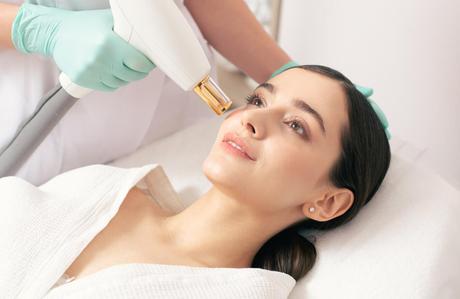
Laser skin resurfacing can treat various skin concerns, including wrinkles, fine lines, acne scars, and sun damage. It can also improve the overall texture and tone of your skin. Laser skin resurfacing can treat various skin concerns, including wrinkles, fine lines, acne scars, and sun damage. This procedure can also improve the appearance of other skin conditions, such as rosacea, melasma, and actinic keratosis. The procedure works by using a laser to emit short pulses of energy that target the damaged tissue in your skin. As the tissue absorbs the laser energy, it breaks down the damaged cells and stimulates the production of new, healthy cells.
How does laser skin resurfacing work?
The skin comprises three main layers: the epidermis, dermis, and subcutis. The epidermis is the outermost layer of skin and its primary function is to act as a barrier against environmental aggressors, such as UV rays, bacteria, and pollutants. The dermis is the middle layer of skin, where most skin structures are located, including collagen and elastin fibers, blood vessels, and sweat glands. The subcutis is the deepest layer of skin, and it's made up of fat and connective tissue. The laser resurfacing works by directing focused light energy at the surface of your skin. This energy targets the deep layers of your skin, which promotes collagen production and helps improve your skin's overall appearance. The laser beam removes damaged outer layers of skin, revealing the underlying healthy skin. Click here to learn more about the laser skin resurfacing treatment.
What are the different types of lasers used for skin resurfacing?
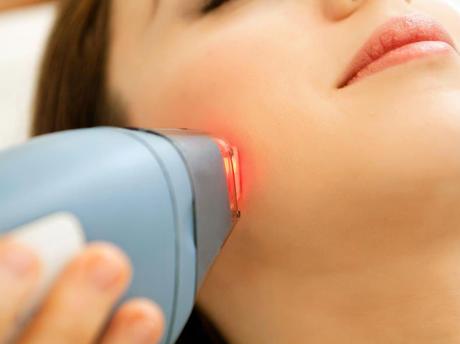
There are two leading lasers used for skin resurfacing: ablative and non-ablative. Ablative lasers remove the outer layers of skin, while non-ablative lasers work by heating the deeper layers of skin without damaging the surface.
- Ablative: CO2 and Er: YAG lasers are the most common ablative lasers used for laser resurfacing. These lasers remove the outer layers of skin, which promotes the growth of new, healthy skin cells.
- Non-ablative: Nd: YAG and diode lasers are the most common non-ablative lasers used for skin resurfacing. These lasers heat the deeper layers of skin, stimulating the production of new collagen and elastin.
What are the benefits of laser skin resurfacing?
Laser skin resurfacing can improve the appearance of your skin by:
- Removing damaged tissue
- Stimulating the production of new, healthy skin cells
- Reducing the appearance of wrinkles and fine lines
- Improving the appearance of scars
- Improving the texture of your skin
- Reducing the appearance of age spots and sun damage
What are the risks of laser skin resurfacing?
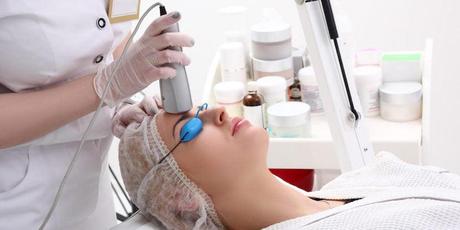
Laser skin resurfacing is a safe and effective cosmetic procedure, but like all medical procedures, some risks are involved. These include:
- Infection: Although rare, it's possible to develop an infection after laser skin resurfacing.
- Bleeding: You may experience some bleeding and bruising immediately after the procedure.
- Changes in skin color: Some people may experience temporary changes in skin color after laser skin resurfacing. This is more common in people with darker skin tones.
- Scarring: There is a small risk of scarring after laser skin resurfacing.
- Swelling: You may experience some swelling and redness immediately after the procedure. This usually goes away within a few days.
If you're considering laser skin resurfacing you might want to research laser resurfacing near me to find out more. It's essential to consult with a board-certified dermatologist or plastic surgeon who has experience with this procedure. They can help you understand the risks and benefits and determine if it's the proper treatment for you.
What is the recovery time for laser skin resurfacing?
The recovery time for laser skin resurfacing varies depending on your procedure type. For instance, ablative laser resurfacing usually requires a week or two of recovery time, while non-ablative laser resurfacing typically has a shorter recovery time of just a few days. Generally, you can expect some redness and swelling for a few days to weeks after the procedure. Your skin will also be sensitive to the sun, so you'll need to protect it with sunscreen and avoid sun exposure. These side effects are usually temporary and will resolve on their own over time.
Are there any risks associated with laser skin resurfacing?
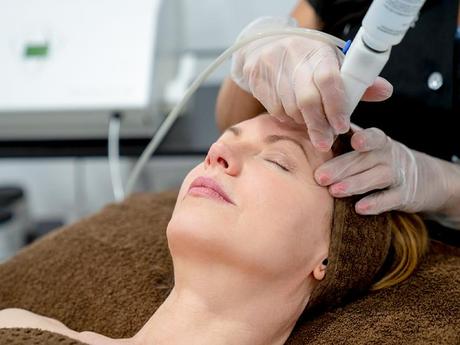
Laser skin resurfacing is considered a safe procedure. Laser skin resurfacing can be an effective way to improve the appearance of your skin. However, it's not suitable for everyone. Be sure to talk to your doctor about whether this procedure is correct. Consult with a board-certified dermatologist or plastic surgeon or simply google laser resurfacing near me to get a personal consultation with the doctor directly. They will be able to answer any questions you have and help you decide if this procedure is correct for you. However, as with any medical procedure, there are some risks involved. These include infection, scarring, and changes in skin color. Be sure to discuss these risks with your doctor before undergoing laser skin resurfacing.
Conclusion: Don't let skin resurfacing scare you off—the results can be dramatic and well worth the investment. Just be sure to research and find a reputable provider to help you achieve your desired look.

